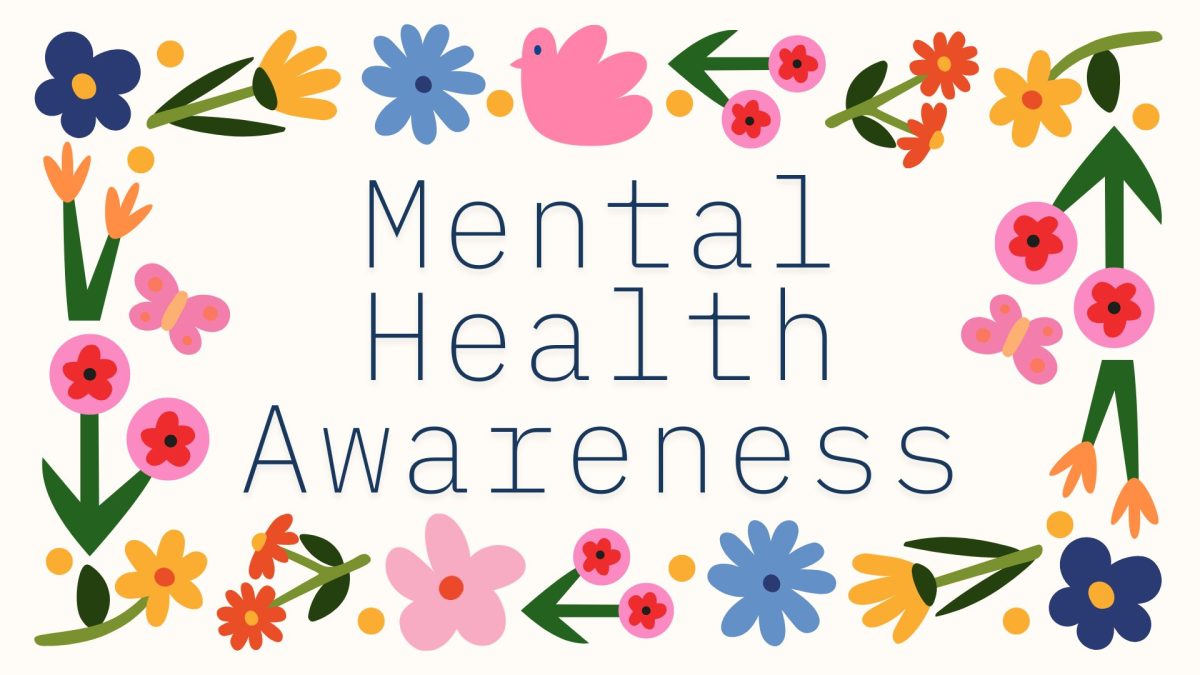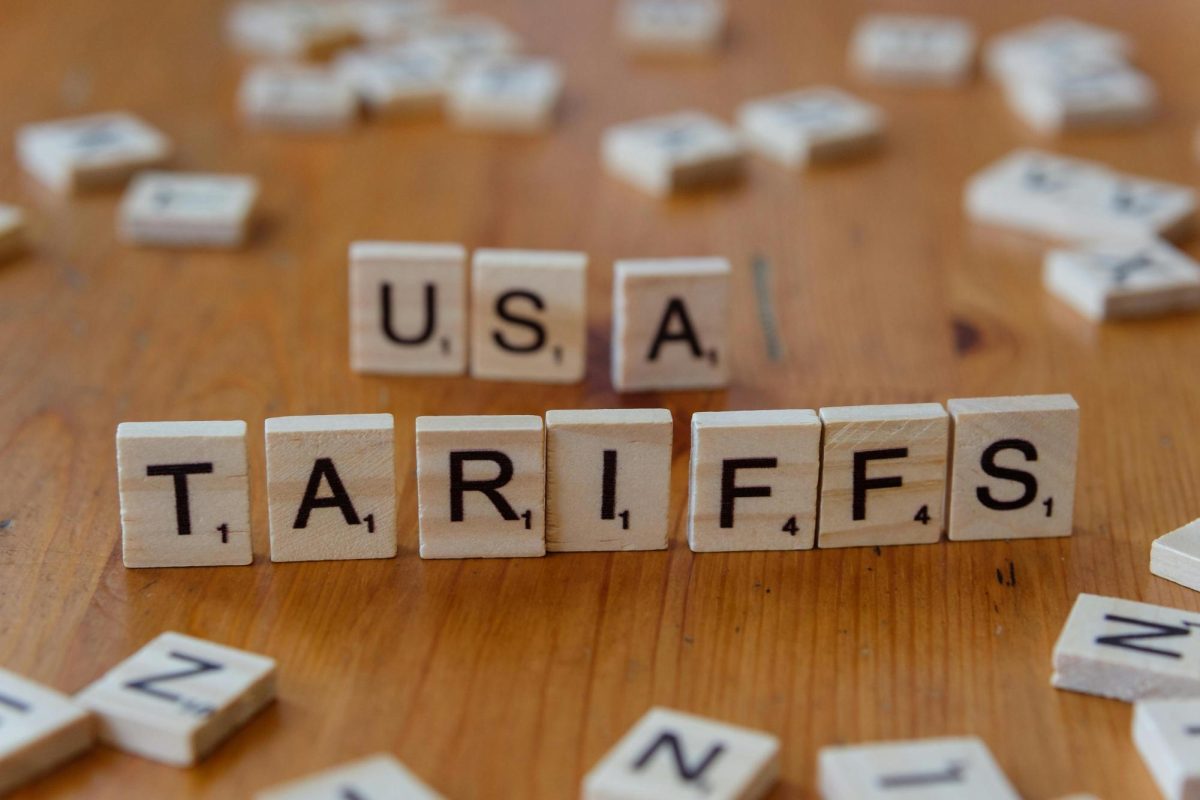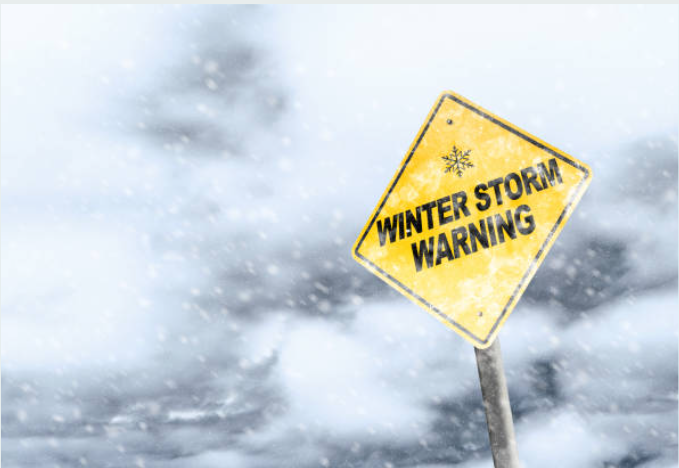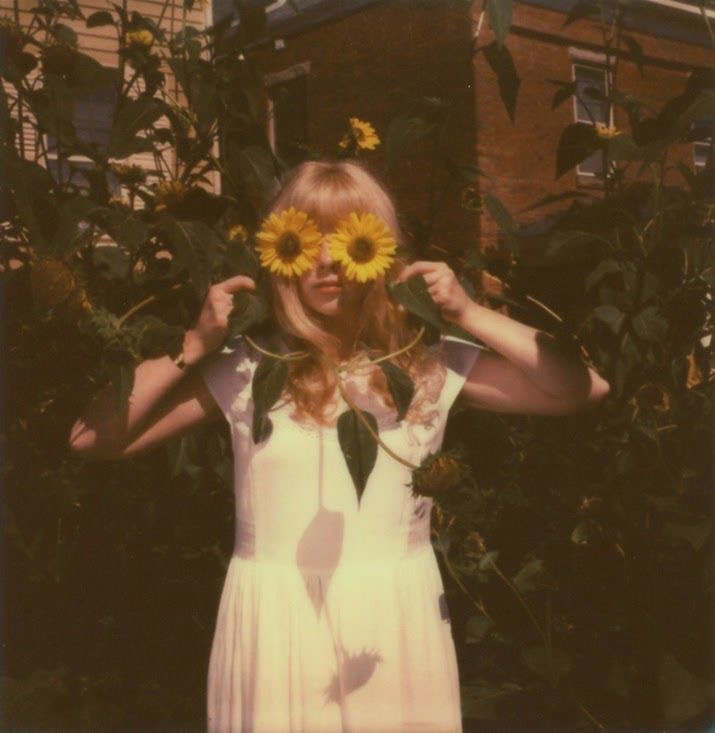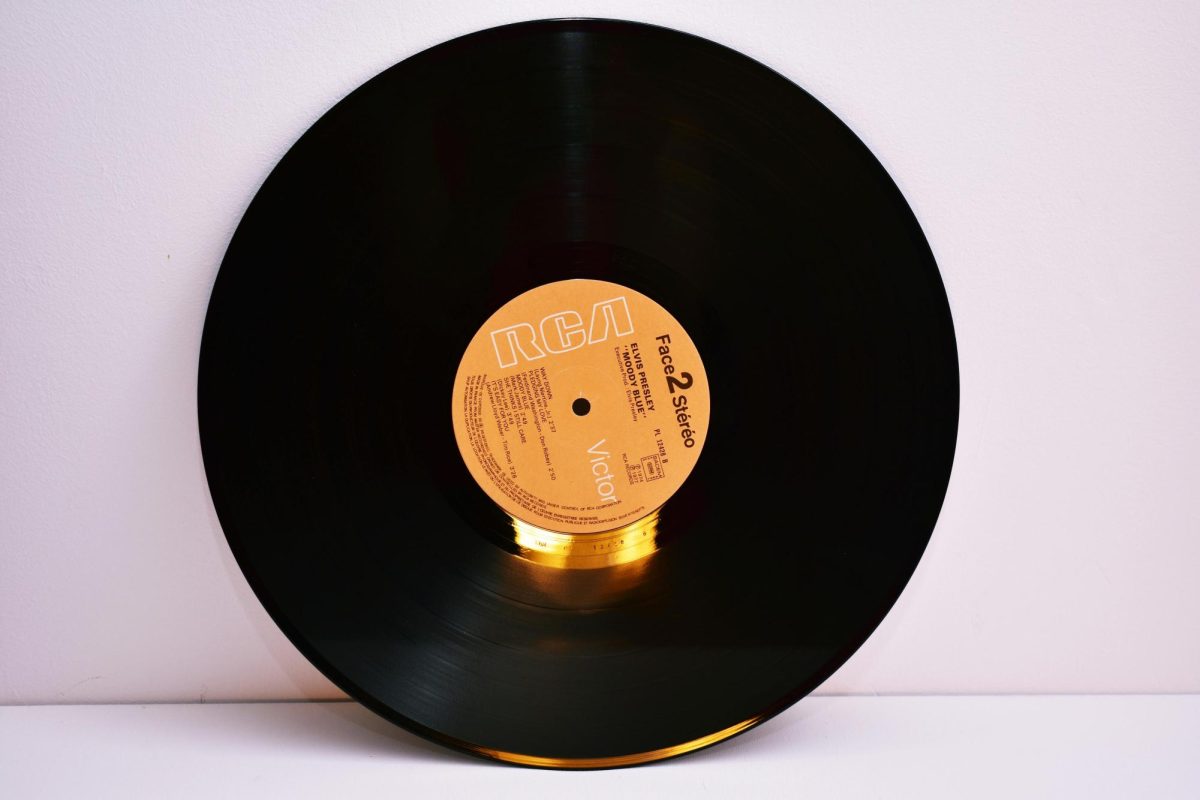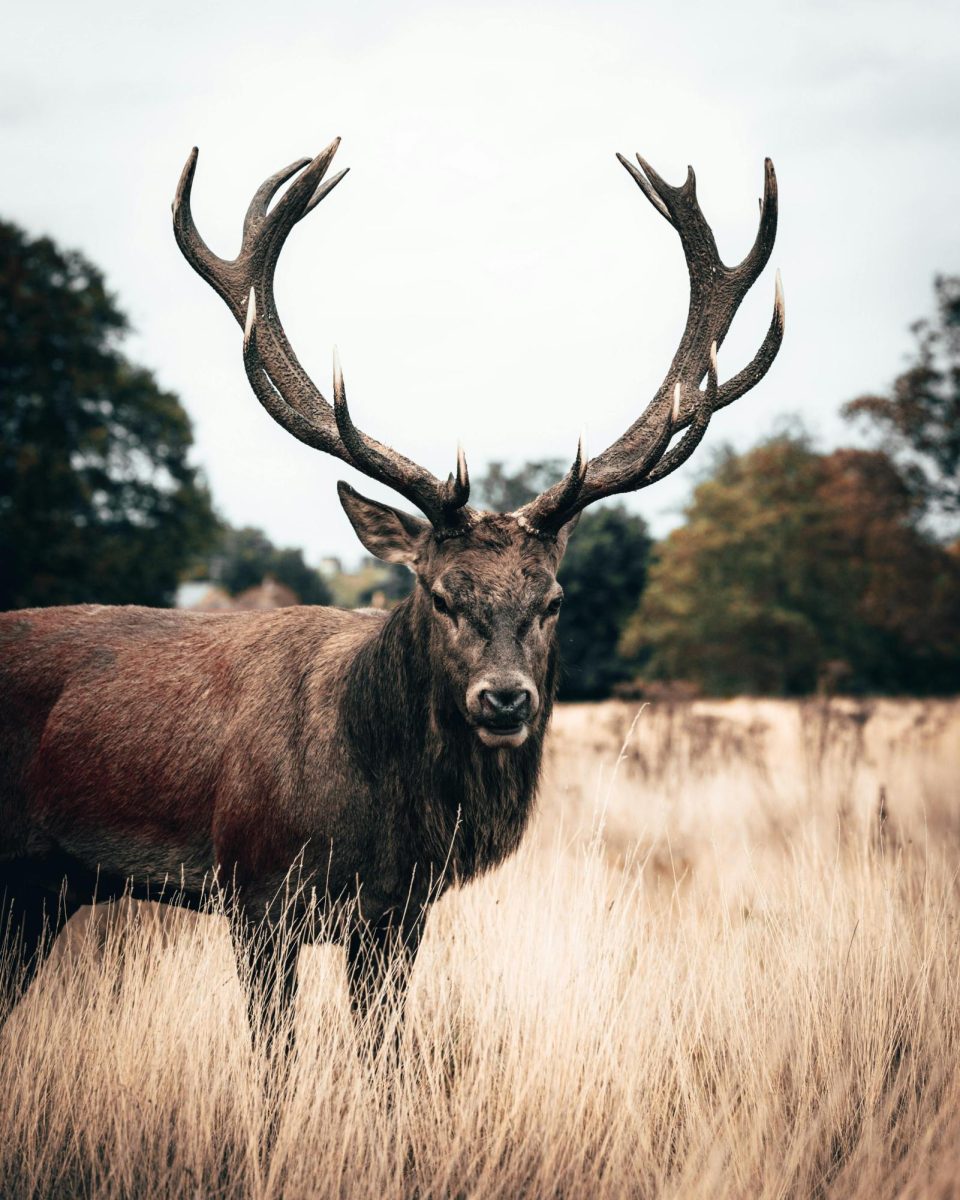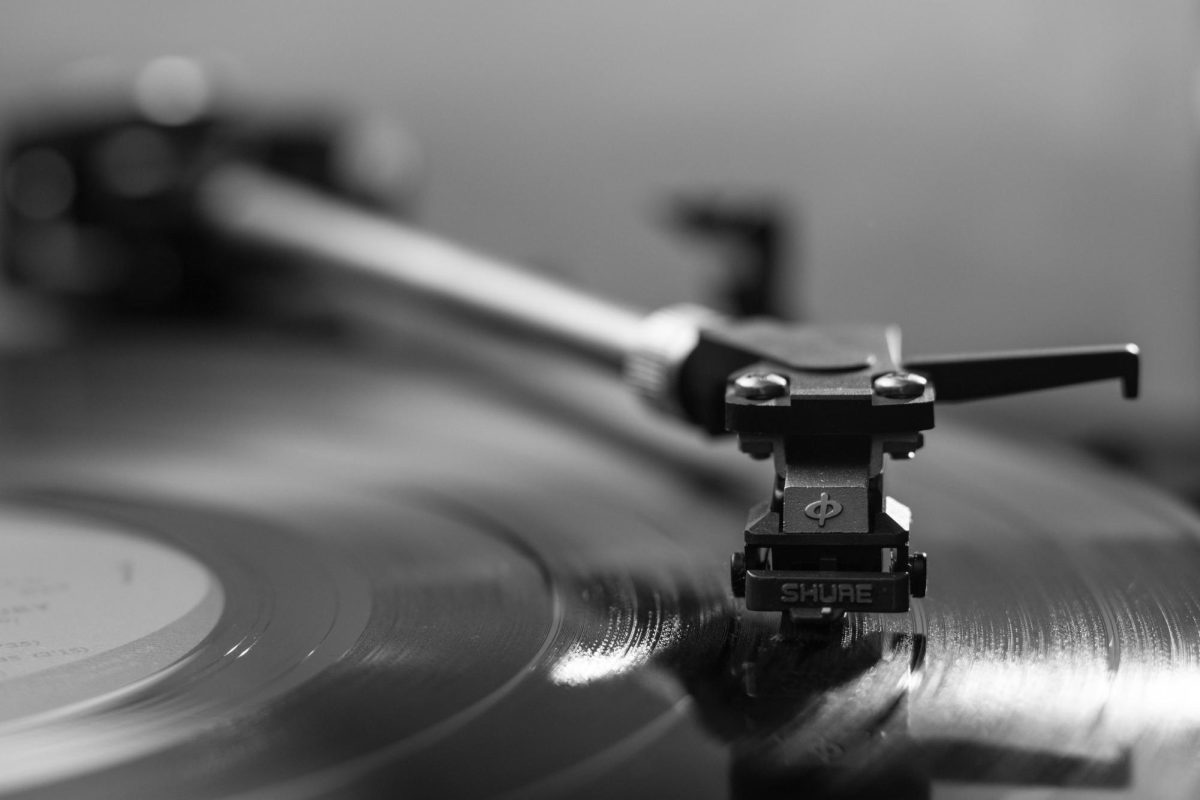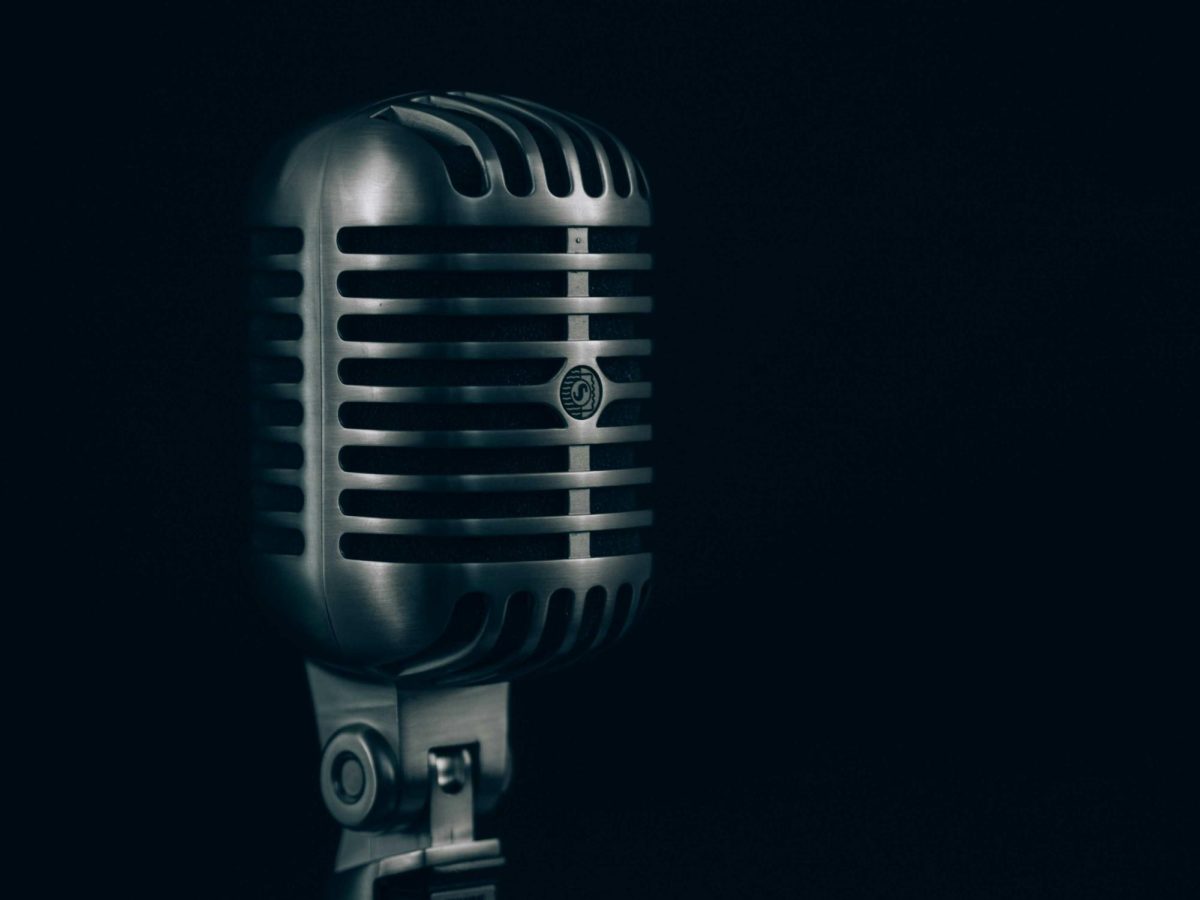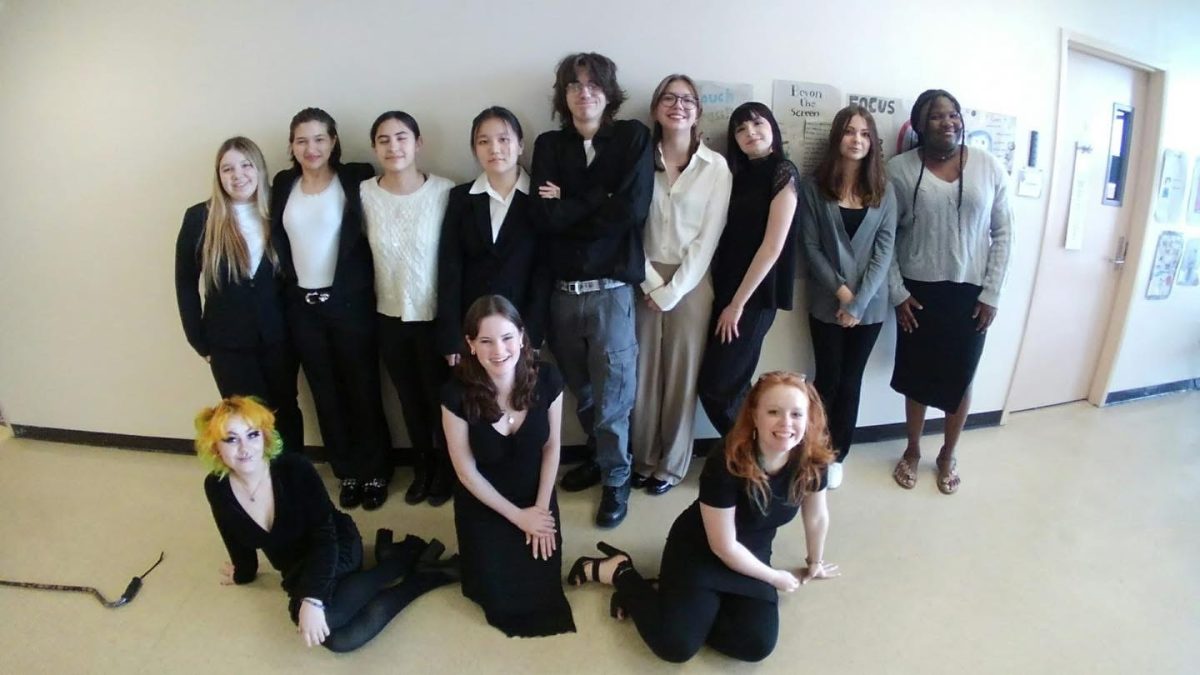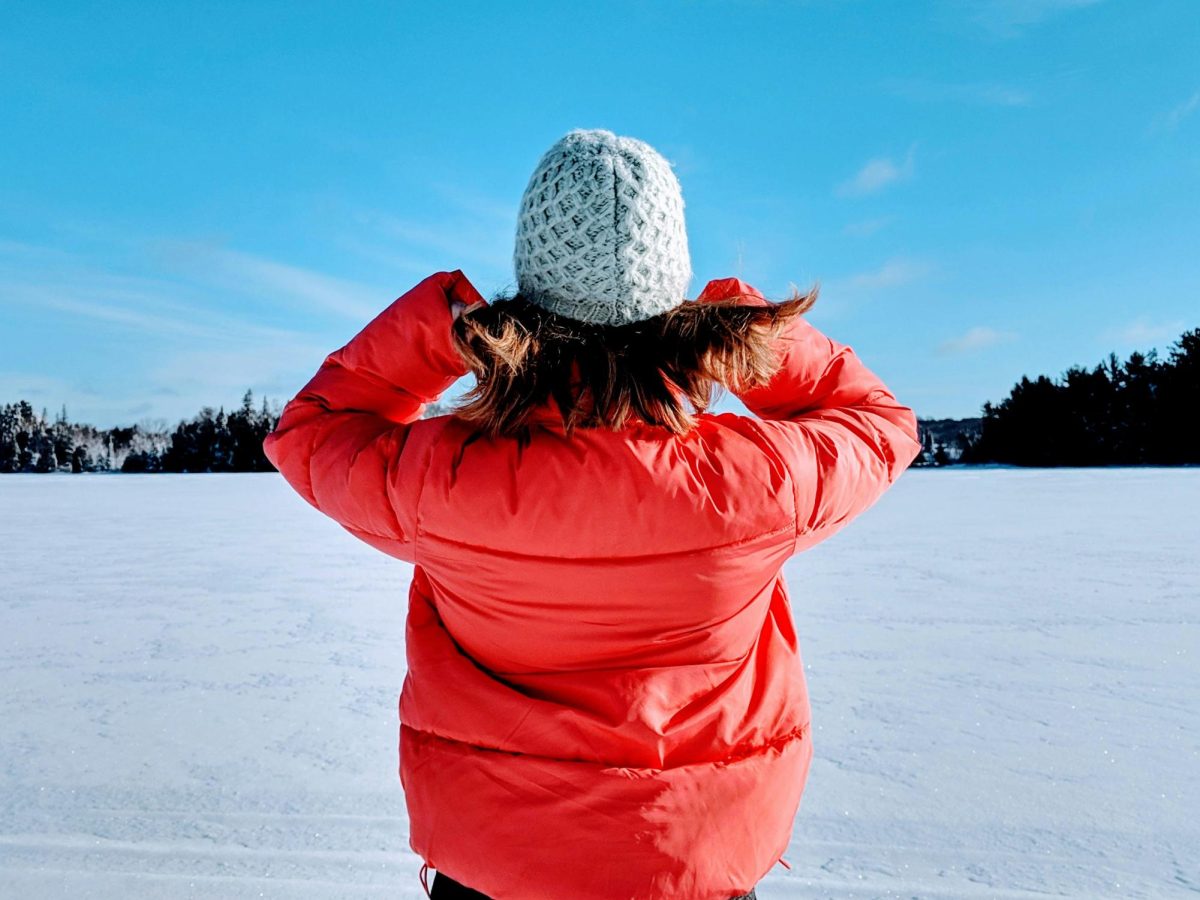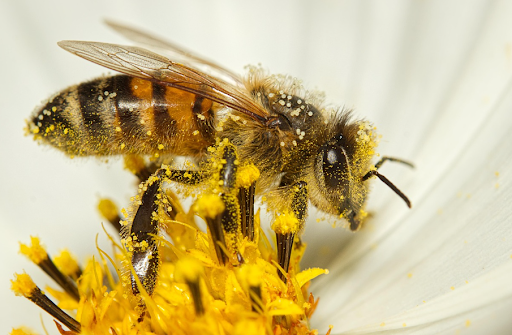
What Is Pollen, Anyway?
Pollen is a really tiny powder made by plants—think of it as their version of glitter, but it’s way more allergenic and sneezy. It’s produced in the male part of flowering plants and trees and contains the cells that plants use to reproduce. You usually can’t see individual grains, but together they can dust cars, windows, and unfortunately… your sinuses.
Where Does Pollen Come From?
Pollen is mainly released by trees, grasses, and weeds! Oak, birch, and cedar trees are the main producers in the spring. Grasses kick in during late spring and summer, and ragweed brings in the fall with a pollen-filled punch. Wind, bugs, and even bats can carry it around!
Why Do Plants Even Make This Stuff?
Pollen is a plant baby-making material. Plants spread pollen to fertilize other plants of the same species. When pollen from one plant lands on the stigma of another, it can grow a pollen tube and start making seeds. It’s all about survival of the species—even if it means you’re sneezing through spring.
What Does Pollen Gotta Do With Animals and Insects?
Lots of animals and insects are pollinators, meaning they help move pollen from one flower to another! The wind and water can be pollinators. Bees are the most well-known, but butterflies, moths, birds (like hummingbirds), bats, beetles, and even small mammals. When these creatures visit flowers for nectar or food, pollen sticks to their bodies. As they move from plant to plant, they spread that pollen around; ultimately helping flowers grow, fruits form, and ecosystems thrive!
When Is Pollen Season in the U.S.?
Pollen isn’t just a spring thing. In the U.S., it shows up in stages:
- Spring: Tree pollen (March–May)
- Summer: Grass pollen (May–July)
- Fall: Weed pollen, especially ragweed (August–October)
Some areas in the South and West might even have pollen nearly year-round—yikes!
Why Is Spring the Sneezin’ Season?
Spring allergies hit hard because trees are the first plants to release pollen after winter. Trees like oak, birch, maple, and cedar release tons of lightweight pollen into the air, and it spreads real easily with the wind. Many people are allergic to tree pollen, and spring brings a huge burst of it all at once, and that’s when the allergy symptoms start acting up. Add in the fact that your body’s been chilling all winter, and your immune system might freak out when spring pollen comes back.
How Can I Avoid the Dreaded Sniffles?
You can’t escape pollen completely, but here are some tricks to hopefully avoid the worst of it:
Do not touch your eyes outside and wash your hands before touching your eyes indoors.
Close windows during high pollen days.
Shower and change clothes after being outside.
Wear sunglasses and even a mask on high-pollen days.
Blow your nose once you come inside from outside
Keep some cough drops on you for if your nose gets stopped up.
HEPA filters in your home = major help.
If your symptoms are really rough, over-the-counter antihistamines could help! Just talk to a doctor if you’re not sure what’s best.
Global Pollen Fun Facts!
- In Japan, cedar pollen causes such massive allergies that some areas use robots to monitor pollen levels.
- Australia’s “thunderstorm asthma” is a rare phenomenon where storms stir up pollen clouds and cause asthma attacks… that’s crazy!
- Some Arctic plants still produce pollen—just very little—because even tundra plants gotta reproduce too.
Sources:
What is pollen and why does it cause allergies? | Providence
Pollen and Your Health | Climate and Health | CDC
Allergy Season Is Getting Longer and Nastier Each Year
Pollen | Description, Characteristics, Importance, Pollination, & Facts | Britannica
How Pollen Works | HowStuffWorks

